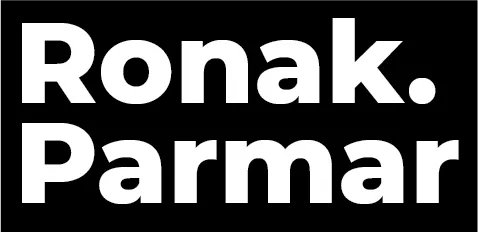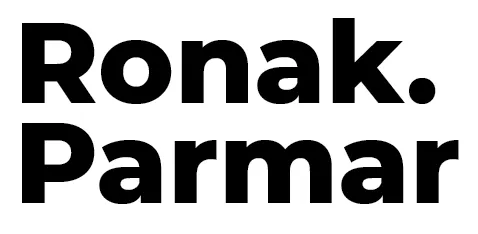Everyone with a smartphone has taken some kind of video at some point in their lives. Recording video has never been easier and phones now a days are better than those cameras used to film old Hollywood blockbuster films. The technical aspects surrounding a film are now at everybody’s disposal.
So how do we make a film?
To be very crude, Write, shoot, edit and release. However, that’s an oversimplification of an extremely vast and detailed process. Every filmmaker has their own filmmaking process. For example, Martin Scorsese’s Silence took 25 years just for the pre-production. In between, he shot several other films. What could his process be? The points mentioned at the beginning of this paragraph are great pointers to begin with.
So lets explore them deeply:
Writing the Film- The beginning of the Filmmaking Process

An idea comes to a filmmakers mind and it stays there for some time where it gets developed and eventually it makes its way onto paper. There it starts to take shape and gets turned into a story. The characters are written, the plot, the screenplay, the storyboards are done. To arrive at this point is however not so easy. The development of an idea often depends upon the characters who will be in the final film with each and every character having a backstory.
A simple way to write a character is to observe people in crowded places. Look at them- how they are dressed, how are they interacting with their surroundings, who are they talking to, what things are they carrying, and what is the purpose of their visit to that particular place. Observe everything and write it down on a piece of paper. You now have a person about whom you know something about. From this point on start thinking about their origins and what could’ve brought them at that place at that particular moment of time. You are now developing a character. Think about where that person might have been born, what might his/her education be, come up with ideas and write everything down as you go along. While you do this a story will emerge in between and that will be the backstory of your character. This backstory will be a library that you can refer when you are stuck during the development of your actual story. If your story has thirty-five different characters, you need to have thirty-five different backstories. The depth of these thirty-five stories can vary depending upon the importance of the character in the film.
Now, all the backstories are done, let’s move on to the story but first think why are you even making this film. The answer should be something more than ‘because I want to’. When you figure that out you will have confinement, a sort of border or fence inside of which your idea will exist. There are literally infinite ways in which you can write a story therefore it is important to limit yourself. It helps to stay on track and figuring out the answer to this why is the first step in doing that. After that brainstorm ideas and imagine situations that will help your story to move forward. Think of a narrative and build it slowly.
After the story is done, it’s now the time to turn it into a script. That is a monumental task in itself. A script is what will play on the screen. The audience knows nothing about your film hence a script can not contain any adjectives. Forget that you can define an emotion by a word and instead think of how it can be portrayed on screen. For instance, writing ‘Young Salvatore is deeply in love with Elena’ makes sense in the story but in the script, it makes no sense. How will you portray love? Instead the script will have:
SALVATORE is mortified, on tenterhooks, keeps an eye on
ALFREDO and the PRIEST through a crack in the curtain.
SALVATORE
Forgive me, Elena. It was stupid of
me. But I had to talk to you.
She looks up at him and her eyes are even more beautiful in
the candlelight. This time SALVATORE finds the courage to
speak to her calmly, with determination. That grille
probably helps him, allows him to see without being seen.
SALVATORE
You're so beautiful, Elena...That's
what I wanted to tell you. When I
meet you, I can't put two words
together because...you give me the
shivers. I don't know what you do in
these situations, what you're
supposed to say. It's the first time.
But I think I'm in love with you.
ELENA gazes through the grille at the two shining specks of
his eyes. She is bewildered by that flood of passion. At
that moment, an OLD WOMAN kneels down on the other side of
the confessional and her face appears behind the grille.
OLD WOMAN
Father, I have sinned...
(SALVATORE turns lo her,
instinctively.)
SALVATORE
I absolve you in the name of the
Father, the Son and the Holy Ghost.
Go in peace, my daughter.
(And he slams the panel
shut in her face. ELENA is
barely able to control her
laughter.)
When you laugh, you're even more
beautiful.
She pulls herself together again and puts on a serious, but
tender look.
ELENA
Salvatore, it's awfully sweet of you.
And even though I don't know you, I
like you. But...I'm not in love with
you.
For SALVATORE, it's as if a knife had plunged straight into
his heart. He sits there gazing into her eyes, at the beauty
mark on her lip, without moving. Then through the crack sees
ALFREDO and the PRIEST conversing nervously, God knows what
they're saying. And he turns back to her.
SALVATORE
I don't care. I'll wait.
ELENA
For what?
SALVATORE
For you to fall in love with me too.
Listen carefully. Every night, when I
get off work, I'll come and wait
beneath your window. Every night.
When you change your mind, open your
window. That's all. I'll
understand...
He smiles at her. She is upset by those exaggerated words,
but also intrigued.
This is an excerpt from the script of Cinema Paradiso- the Italian masterpiece. Here to portray the depth of Salvatore’s love for Elana, an entire scene was required. Salvatore is ready to stand on a street, the entire night for an unknown number of days. It could mean he has to endure, rain, winter and summer just for Elana to open her window. how beautiful is that?
So no to adjectives in the script and we are not going into the technicalities of a script. Now let’s move on to the next stage that is storyboarding. Here pictures are made on how the shots will look like. There is a list of shots that are to be captured during the production stage and the storyboard depicts all of them. Watch this video having the Matrix storyboard.
This video is an extreme example though. A storyboard can be made up of stick figures or even photographs. There is no rule to it really as long as the shot list is decided upon. I would again mention here that every filmmaker has his own process, Steven Spielberg is a fan of Storyboards but for filming the opening sequence of Saving Private Ryan he said no storyboards because he wanted to feel what the soldiers were feeling on location hence he decided the shot list on set.
This concludes all the important ‘paper work’ so as to say and the next stage is production. It is at this stage the film takes a tangible form. We will talk about it in detail in the next part.





